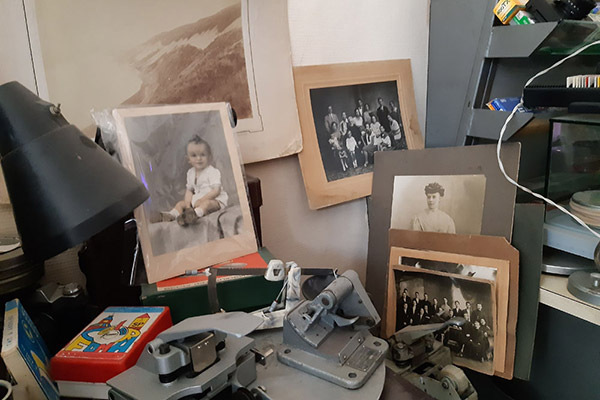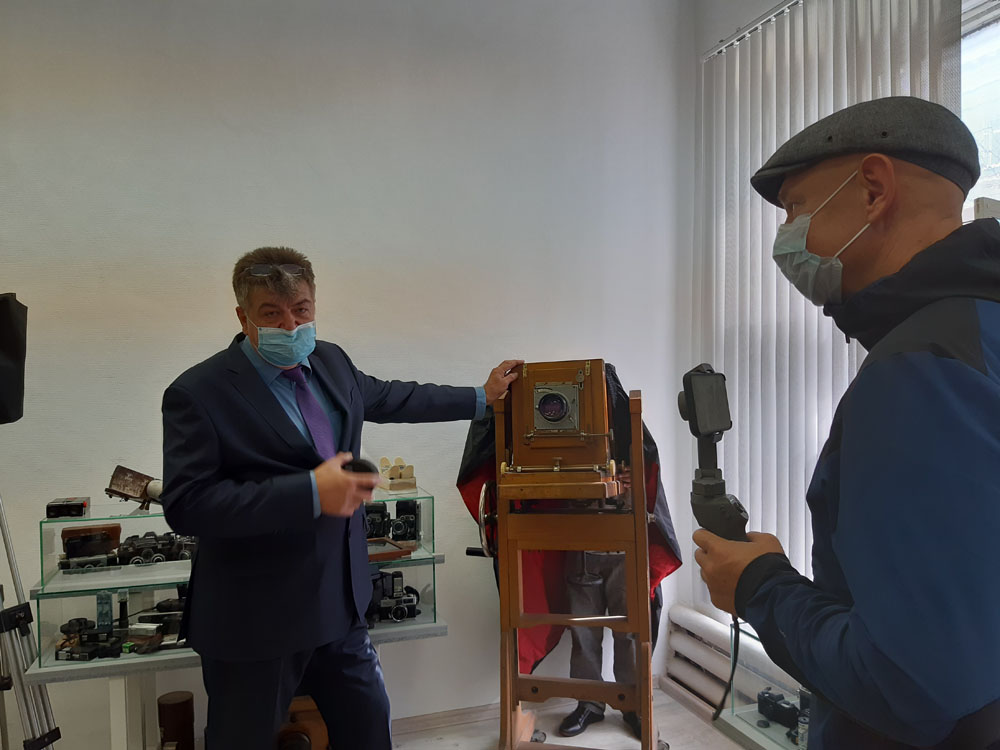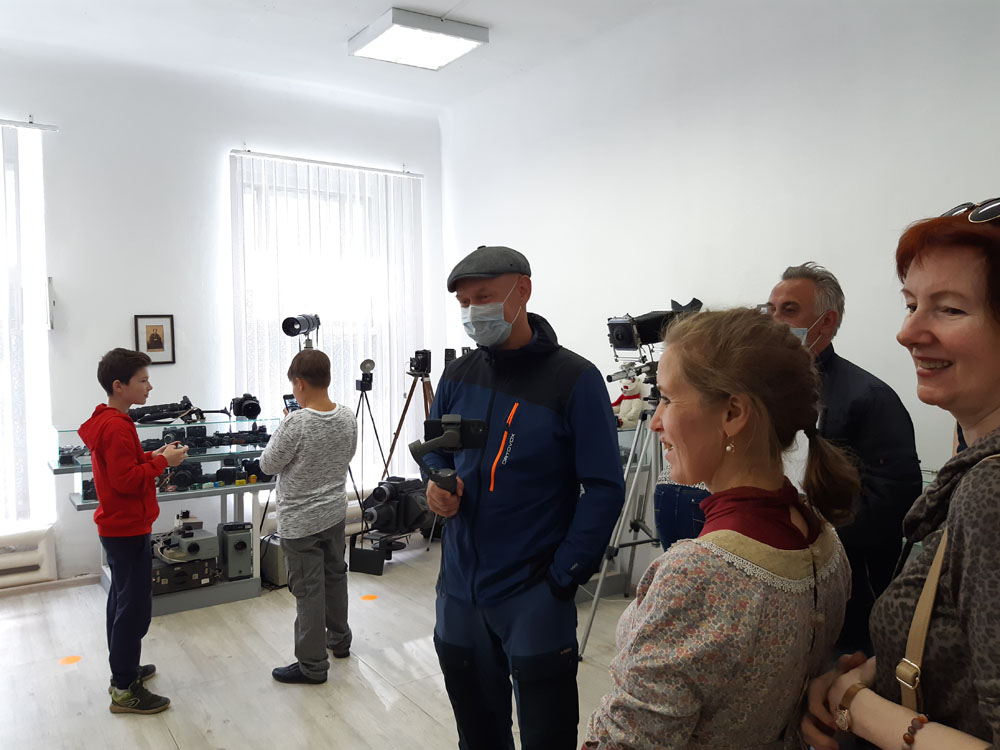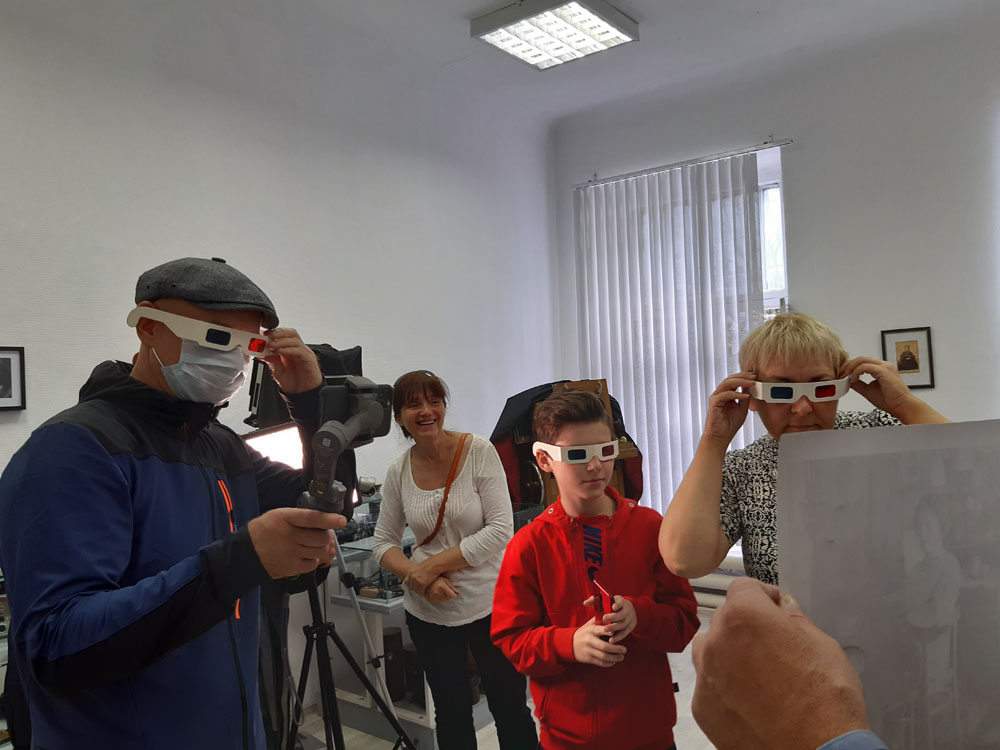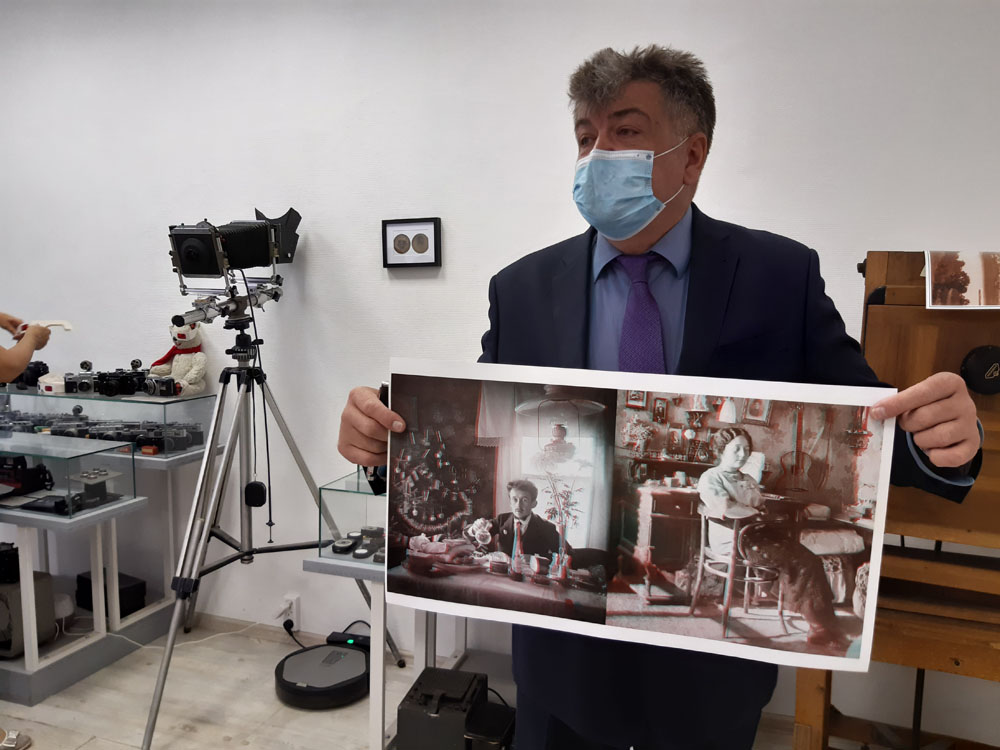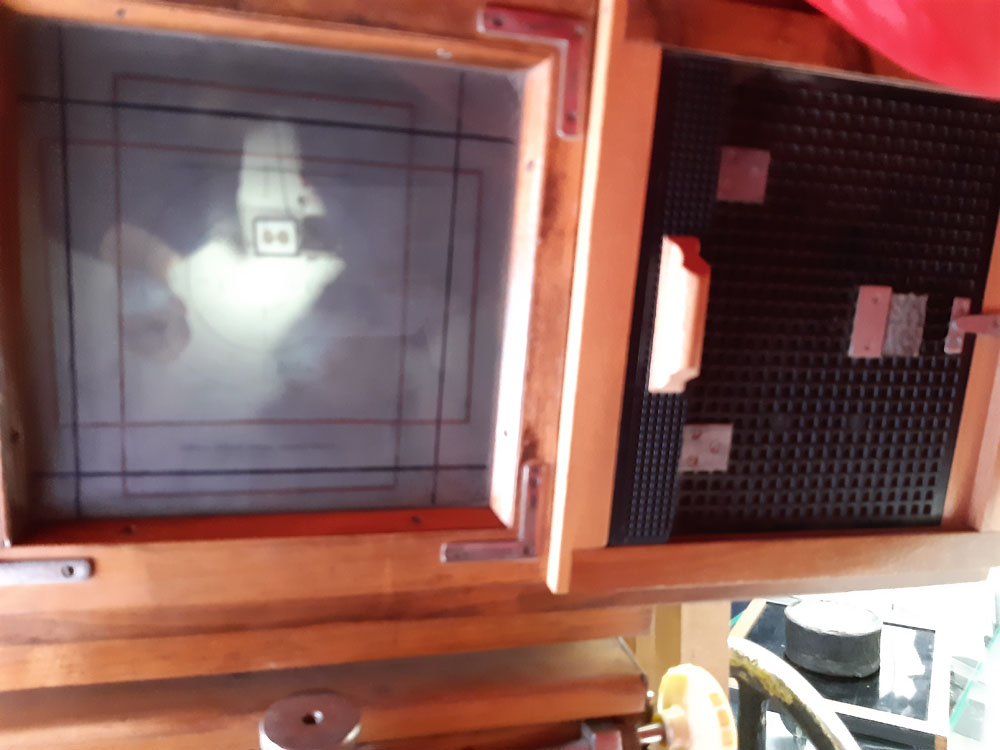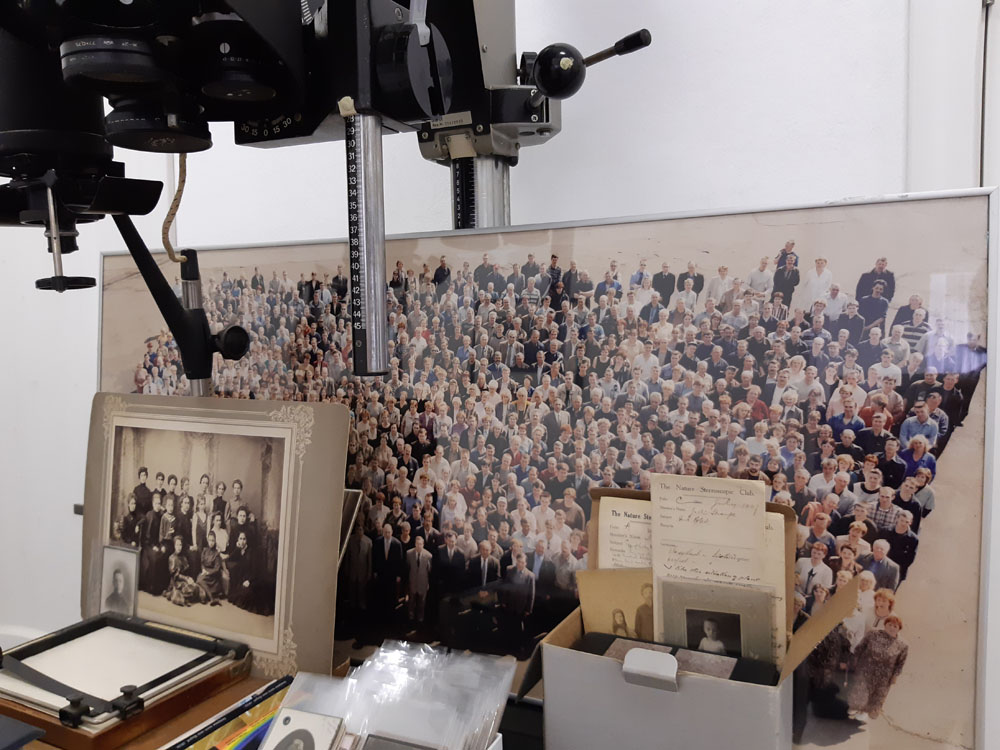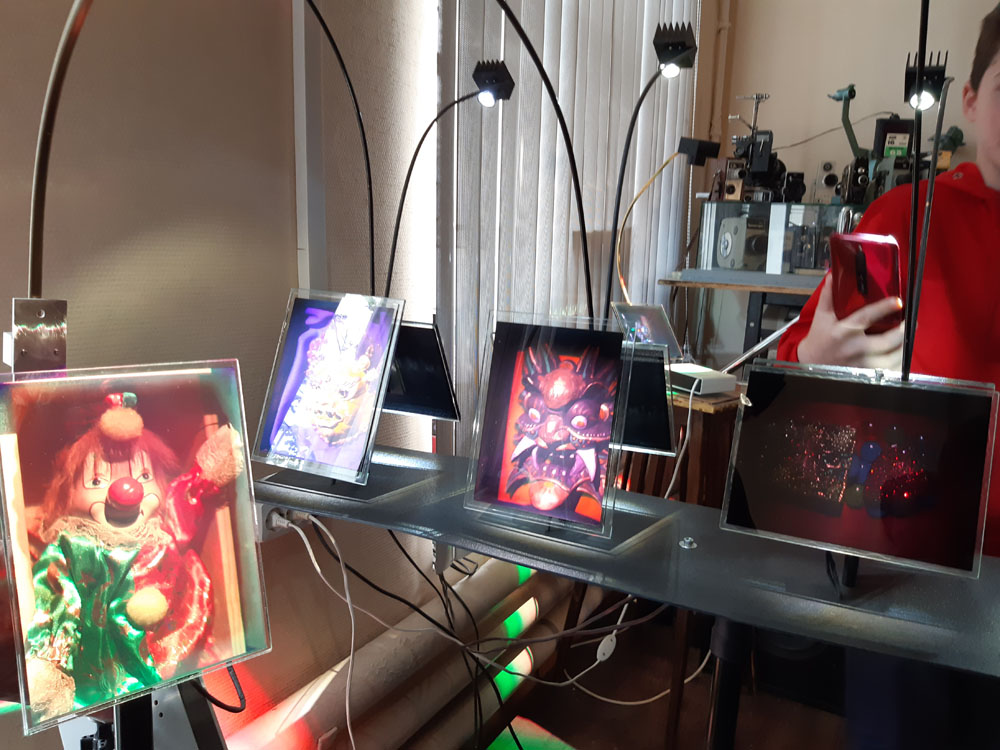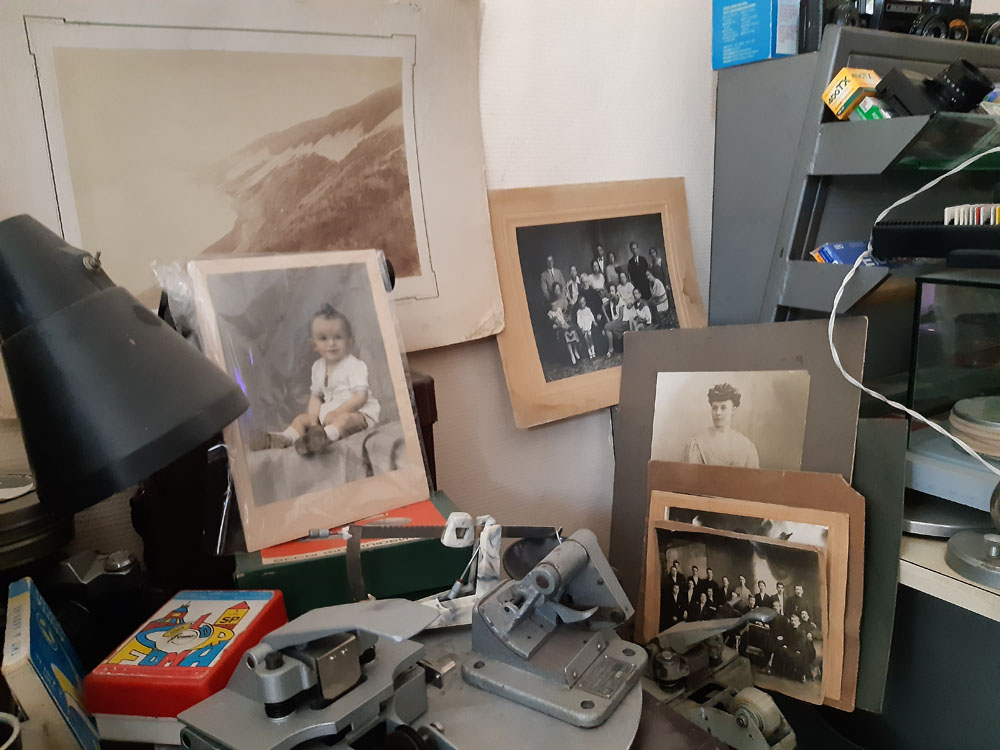“Photography is the most accessible time machine that allows us to travel back in time,” says the founder of the Yaroslavl Museum of Photography, Vladimir Dorofeev, who was recently visited by the team of the Association of Private Museums.
Vladimir is a professional photographer, multiple laureate of regional and all-Russian photo exhibitions, the owner of a photo studio and an analog photo laboratory. According to him, he is the only one in the region who develops slides and black and white films.
In the museum, the Yaroslavl master presents his own collections, which he collected for almost 20 years. Daguerreotypes, ambrotypes, tintypes, old photographs, stereo slides and holograms, cameras, movie cameras, many film projectors and enlargers – the museum exposition allows not only to trace almost the entire turbulent and very interesting history of the development of photography, but also to reconstruct old photo processes.
“We take a glass plate, degrease it, pour collodion on it, and immediately drain it. The plate dries up within 15-20 seconds. We touch it – it does not stick, but fingerprints remain. This means that the ether has evaporated, but the alcohol has remained. We immerse the plate in a cuvette with a 7% solution of silver nitrate, lapis, and after 3.5 minutes we take it out under red light. It is already milky white, a layer of silver chloride has formed in it, its sensitivity has increased, and most importantly, we have received a subtle negative. Then we load the plate into the cassette and go to the camera, take pictures and run to the laboratory, because when the alcohol dries up, the plate becomes waterproof and it is no longer possible to develop it. We have only five minutes before the start of the image development … ”, – says Vladimir Dorofeev about the technology of obtaining a photographic image of the mid-19th century, and it seems that you are in a chemistry lesson and, probably, it is difficult to think of a better lesson.
